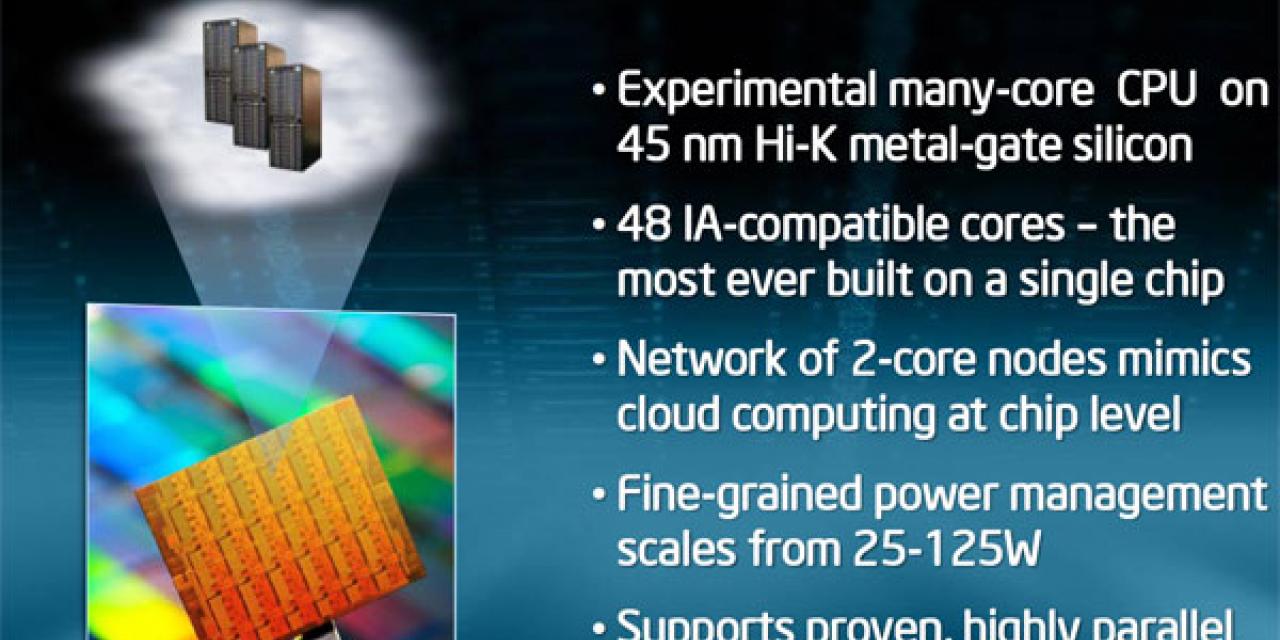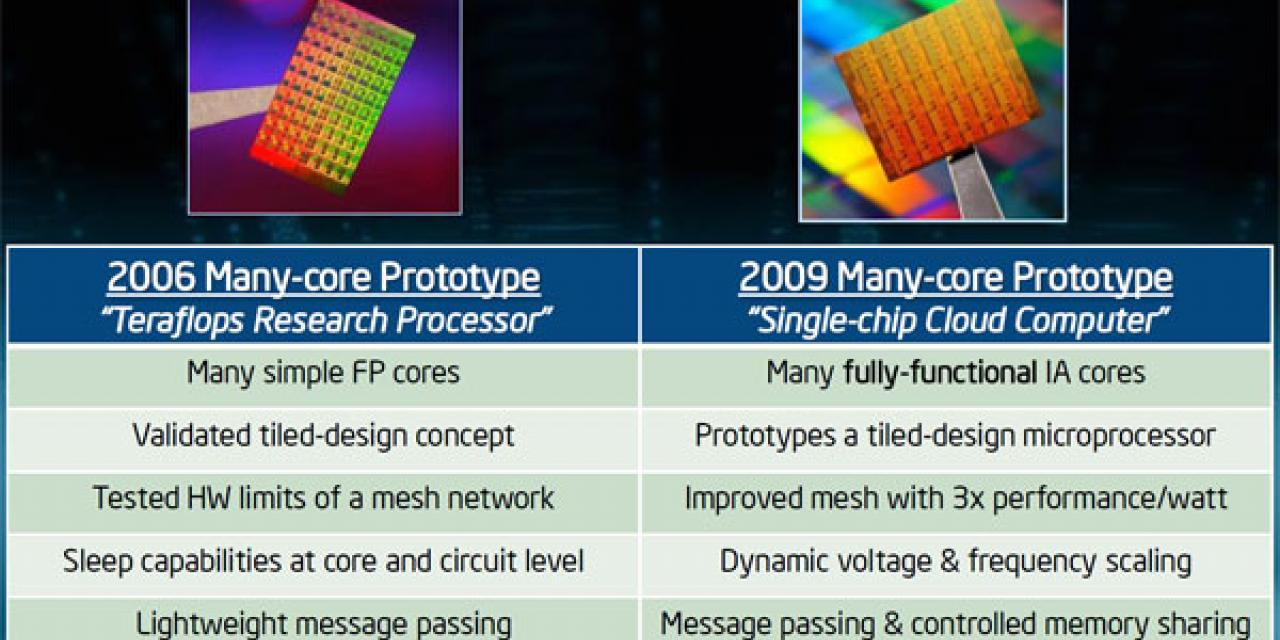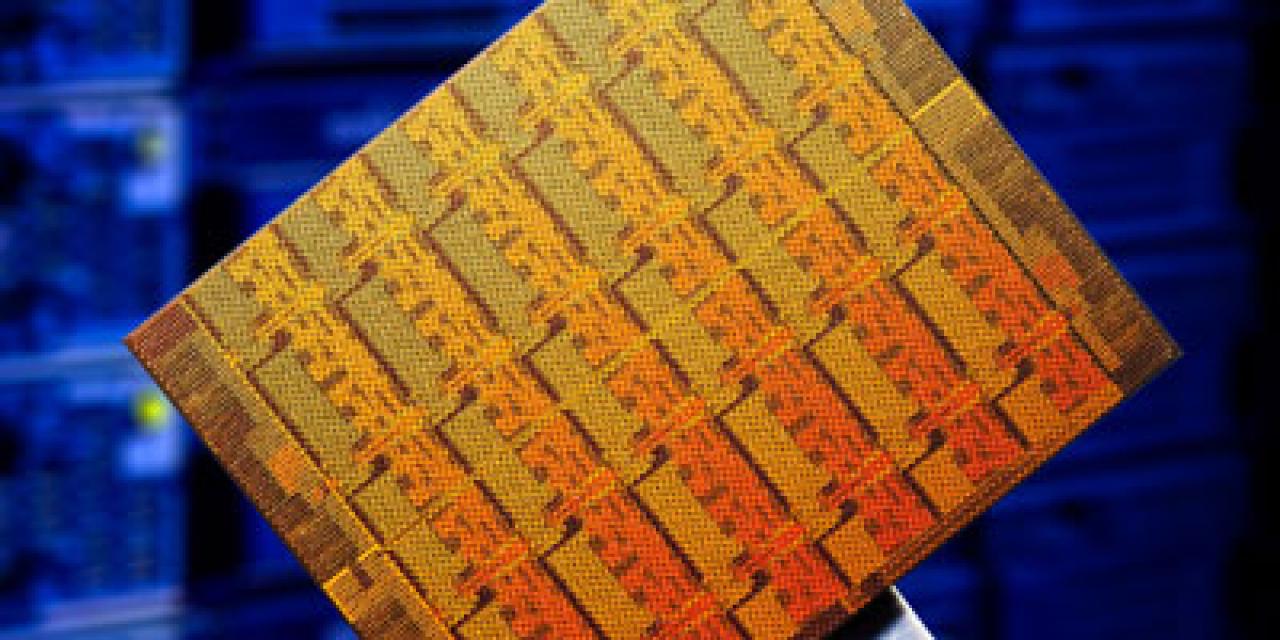


Researchers from Intel Labs demonstrated an experimental, 48-core Intel processor, or "single-chip cloud computer," that rethinks many of the approaches used in today's designs for laptops, PCs and servers. This futuristic chip boasts about 10 to 20 times the processing engines inside today's most popular Intel Core-branded processors.
The company plans to engage industry and academia next year by sharing 100 or more of these experimental chips for hands-on research in developing new software applications and programming models.
While Intel will integrate key features in a new line of Core-branded chips early next year and introduce six- and eight-core processors later in 2010, this prototype contains 48 fully programmable Intel processing cores, the most ever on a single silicon chip. It also includes a high-speed on-chip network for sharing information along with newly invented power management techniques that allow all 48 cores to operate extremely energy efficiently at as little as 25 watts, or at 125 watts when running at maximum performance (about as much as today's Intel processors and just two standard household light bulbs).
Intel plans to gain a better understanding of how to schedule and coordinate the many cores of this experimental chip for its future mainstream chips. For example, future laptops with processing capability of this magnitude could have "vision" in the same way a human can see objects and motion as it happens and with high accuracy.
Intel Labs has nicknamed this test chip a "single-chip cloud computer" because it resembles the organization of datacenters used to create a "cloud" of computing resources over the Internet, a notion of delivering such services as online banking, social networking and online stores to millions of users.
Cloud datacenters are comprised of tens to thousands of computers connected by a physically cabled network, distributing large tasks and massive datasets in parallel. Intel's new experimental research chip uses a similar approach, yet all the computers and networks are integrated on a single piece of Intel 45nm, high-k metal-gate silicon about the size of a postage stamp, dramatically reducing the amount of physical computers needed to create a cloud datacenter.
"With a chip like this, you could imagine a cloud datacenter of the future which will be an order of magnitude more energy efficient than what exists today, saving significant resources on space and power costs," said Justin Rattner, head of Intel Labs and Intel's Chief Technology Officer. "Over time, I expect these advanced concepts to find their way into mainstream devices, just as advanced automotive technology such as electronic engine control, air bags and anti-lock braking eventually found their way into all cars."








